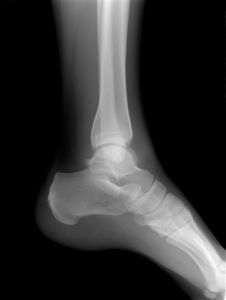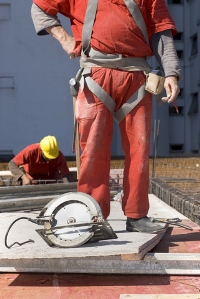Marshall v. Vermont State Hospital, an appeal from the Supreme Court of Vermont, involved claimant who was working at a psychiatric hospital when he was injured on the job. He was employed as a psychiatric technician and orderly. Part of job responsibilities required him to work with abusive and often combative patients.
 While lifting and otherwise working with patients, claimant was injured on the job in 1987, 1992, and 1997. All of these prior work-related injuries involved low back issues with pain radiating down his leg. Following each of these injuries, claimant had surgery. After the 1992 work injury, claimant’s surgeon determined claimant was 10 percent disabled. After the 1997 injury, his disability rating remained the same.
While lifting and otherwise working with patients, claimant was injured on the job in 1987, 1992, and 1997. All of these prior work-related injuries involved low back issues with pain radiating down his leg. Following each of these injuries, claimant had surgery. After the 1992 work injury, claimant’s surgeon determined claimant was 10 percent disabled. After the 1997 injury, his disability rating remained the same.
In June of 2002, claimant was still employed at the hospital and was helping to restrain a self-abusive patient. During this incident, patient managed to lift both his legs off the floor and shifted his entire body weight to claimant and another hospital worker. Claimant was injured and suffered immediate lower back pain with pain radiating down both legs. After this fourth accident, claimant never returned to work. He also did not have any additional surgical procedures and filed a workers’ compensation claim.
During claimant’s application process, his treating chiropractor submitted a report claiming whole patient impairment rating of five to eight percent for claimant’s lower back injury. Parties agreed upon this eight percent whole body disability rating and reduced this figure to six percent, taking into account his partial disability rating workers’ compensation commission had assigned claimant in 1992.
Continue reading
 In August 2011, claimant was employed as an HVAC technician at college located in central Wyoming. He was working on a ladder when he fell approximately 20 feet to the ground and was unable to move. Claimant was able to use his radio to call for help, and an ambulance was called to the scene to offer immediate medical attention to claimant.
In August 2011, claimant was employed as an HVAC technician at college located in central Wyoming. He was working on a ladder when he fell approximately 20 feet to the ground and was unable to move. Claimant was able to use his radio to call for help, and an ambulance was called to the scene to offer immediate medical attention to claimant. Massachusetts Workers Compensation Lawyers Blog
Massachusetts Workers Compensation Lawyers Blog












